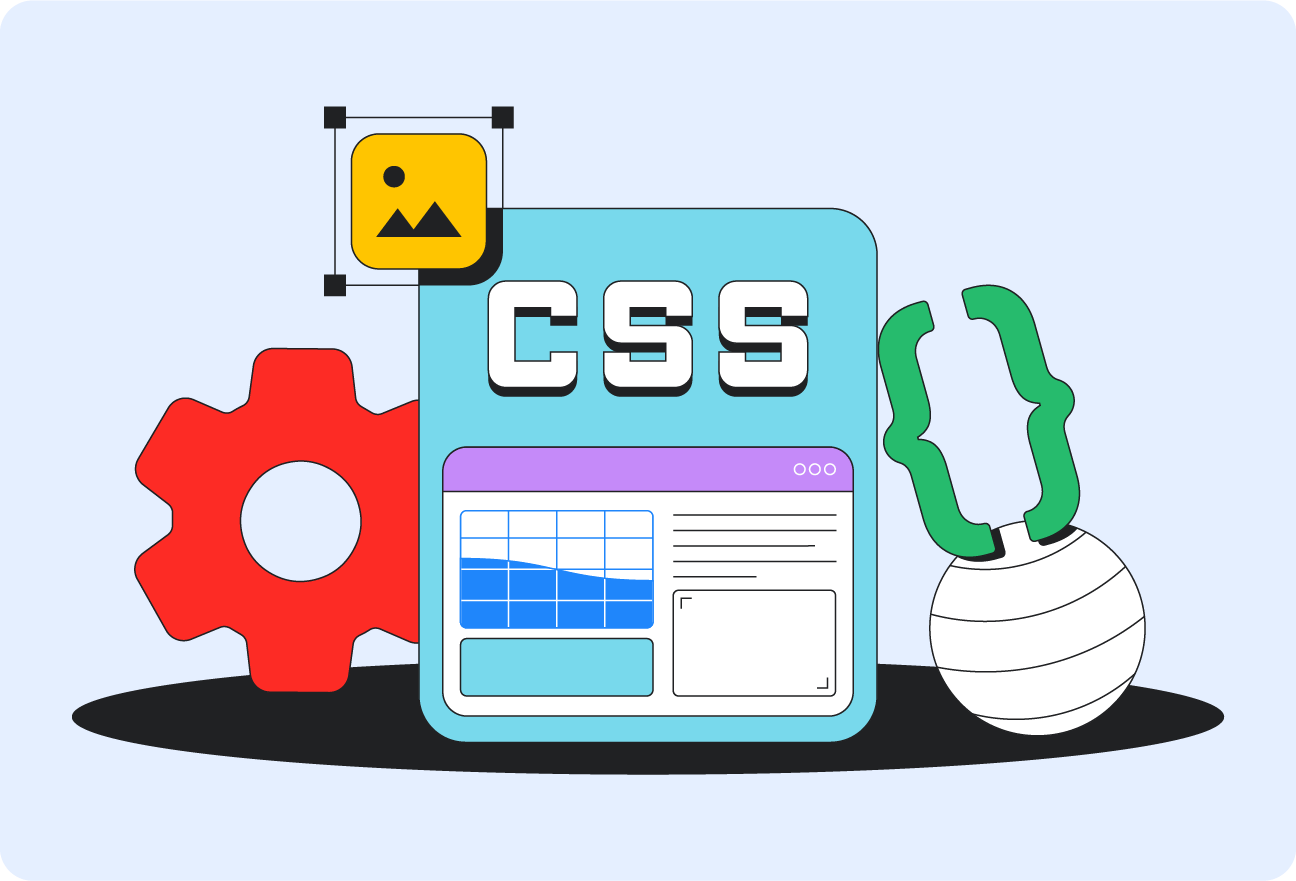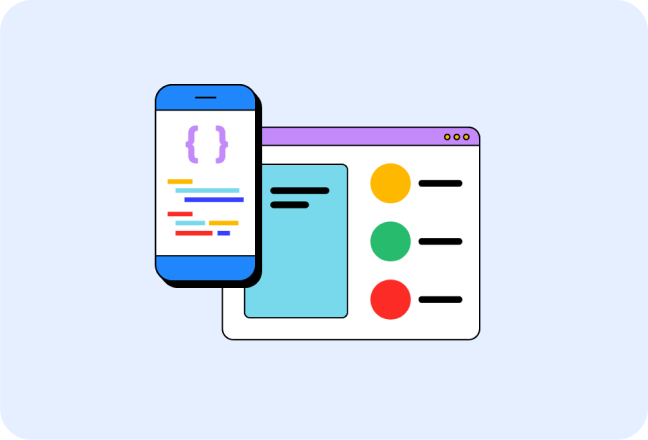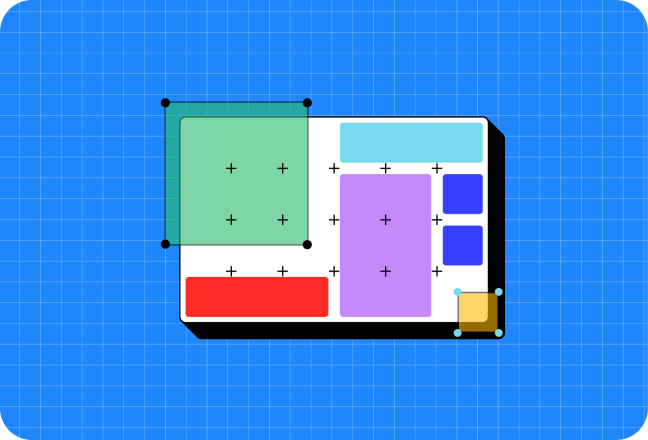
CSS
Auf dieser Seite können Sie direkt zu den folgenden Themen springen:
CSS lernen
Neuigkeiten zu CSS und UI-Design
Baseline Neue Funktionen in CSS
CSS-Muster
Preisvergleichsportale und Leistung
Preisvergleichsportale und Barrierefreiheit
Der Preisvergleichsportal-Podcast
Neu bei CSS?
Wenn Sie mit CSS noch nicht vertraut sind, können Sie sich hier informieren. In unserem Kurs CSS lernen werden Sie durch die Grundlagen der Funktionsweise von CSS geführt. Dabei geht es um Selektoren, Eigenschaften, Werte, grundlegende Layoutprinzipien und wie Sie diese auf Ihre Webseiten anwenden können.
Neuigkeiten zu CSS und UI-Design
Typografie mithilfe von CSS an die Präferenz der Nutzenden anpassen
Neue CSS-Farbräume und -Funktionen in allen wichtigen Suchmaschinen
Was sind Quellzuordnungen?
CSS-Subraster
Baseline Neue verfügbare CSS-Funktionen
Baselines signalisieren Webentwicklern, wann Webplattformfunktionen in allen gängigen Browser-Engines sicher verwendet werden können. Hier sind einige CSS-Funktionen, die jetzt als Baseline Newly verfügbar sind.
CSS-Muster
Hier finden Sie einige CSS-Muster, mit denen Sie schnell Layouts, Animationen und Designs für Ihre Webseiten erstellen können.
Layout
Animation
Designs
Preisvergleichsportale und Leistung
Umfang und Komplexität von Stilberechnungen reduzieren
content-visibility: Eine CSS-Property, die die Renderingleistung verbessert
content-visibility können Sie das Rendern von Seitenteilen so lange verzögern, bis sie benötigt werden. In diesem Leitfaden erfahren Sie, wie Sie diese Eigenschaft verwenden können, um die Renderingleistung Ihrer Webanwendung zu steigern.
CSS für Web Vitals
Auswirkungen großer DOM-Größen auf die Interaktivität und mögliche Maßnahmen
Preisvergleichsportale und Barrierefreiheit
Barrierefreie Tippziele
Bedienungshilfen für Farbe und Kontrast
Barrierefreies responsives Design
Neuanordnung von Inhalten
Der CSS-Podcast
CSS ist die Hauptstilsprache des Webs. Für Webentwickler ist es eine der Technologien, mit denen man am schnellsten loslegen kann, aber auch eine der schwierigsten, die es zu meistern gilt. Folgen Sie Una Kravets und Adam Argyle, Developer Advocates von Google, die komplexe Aspekte von CSS in leicht verdauliche Folgen aufschlüsseln, die von Barrierefreiheit bis Z-Index reichen.







